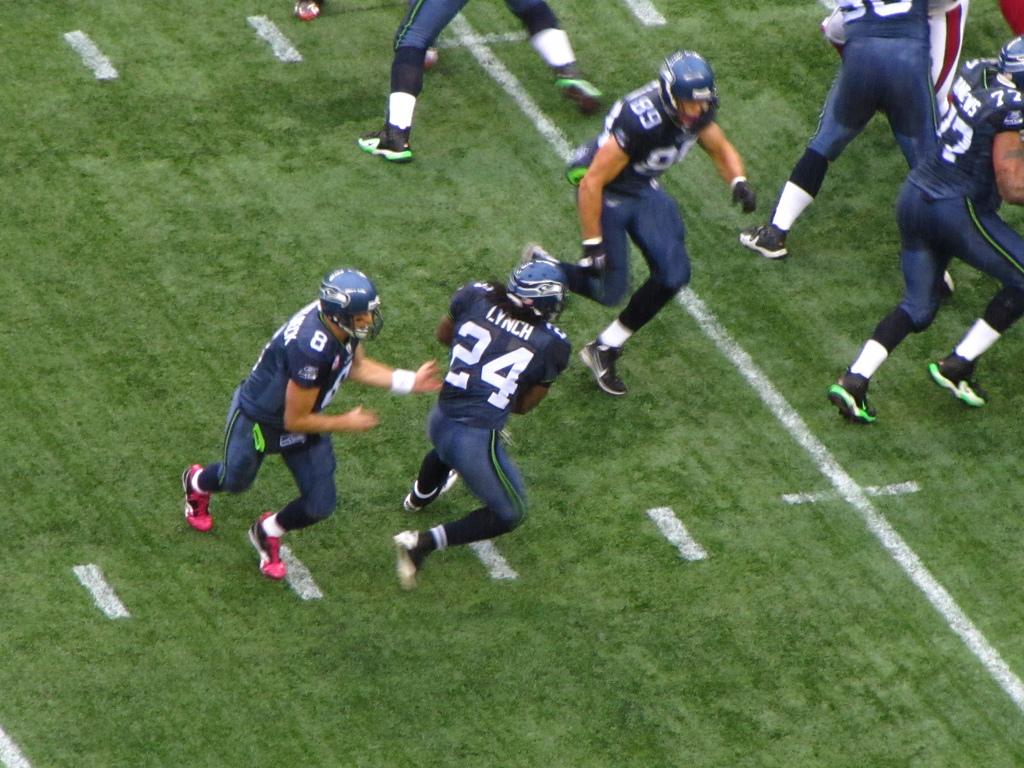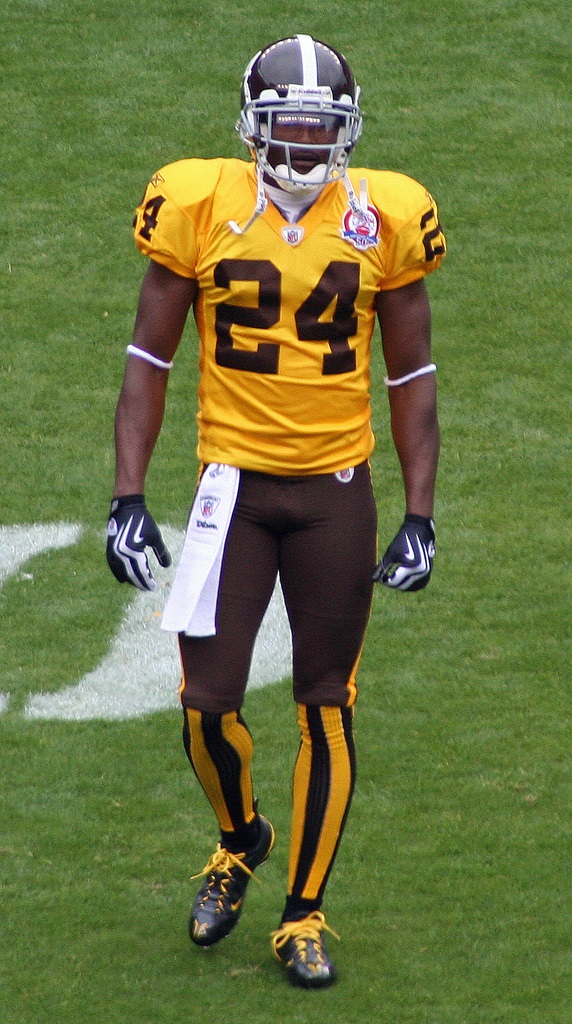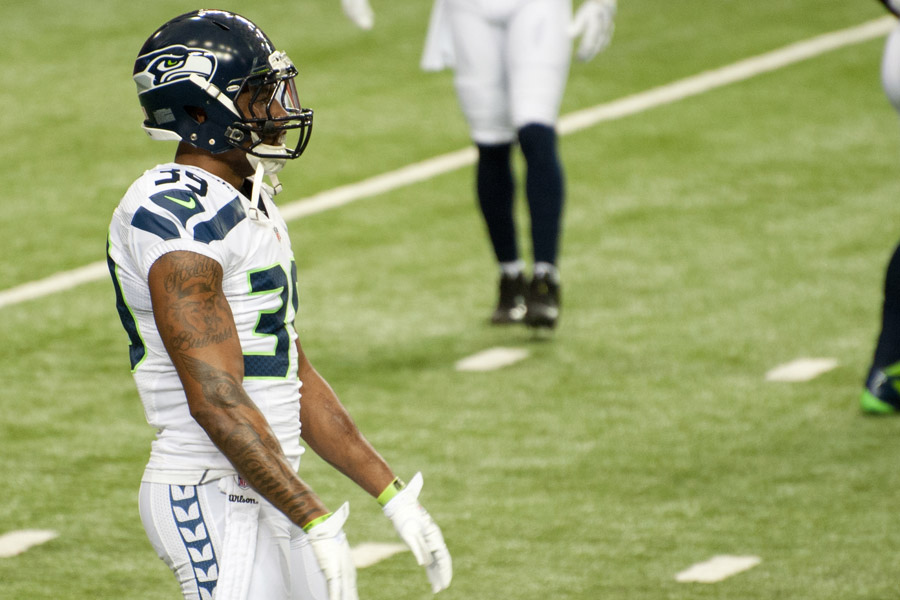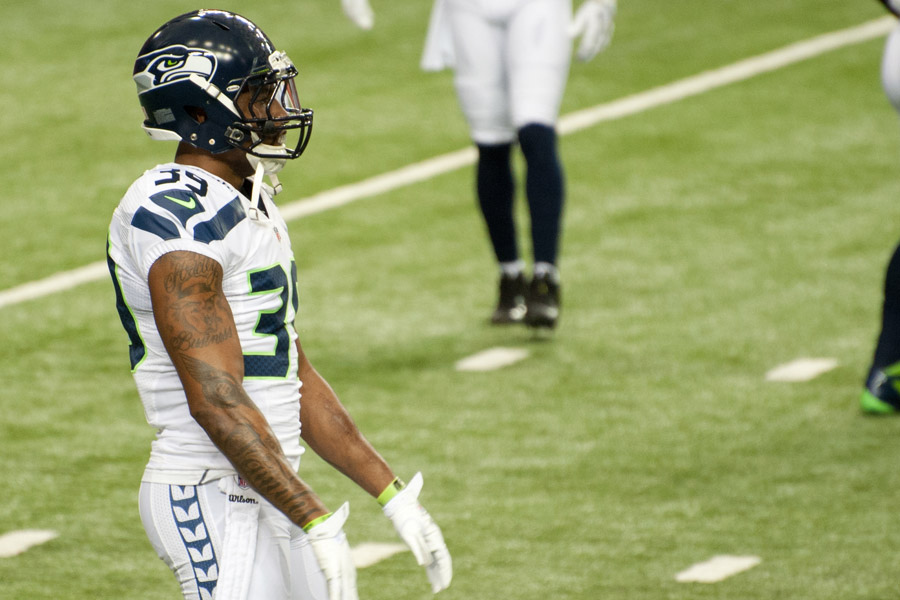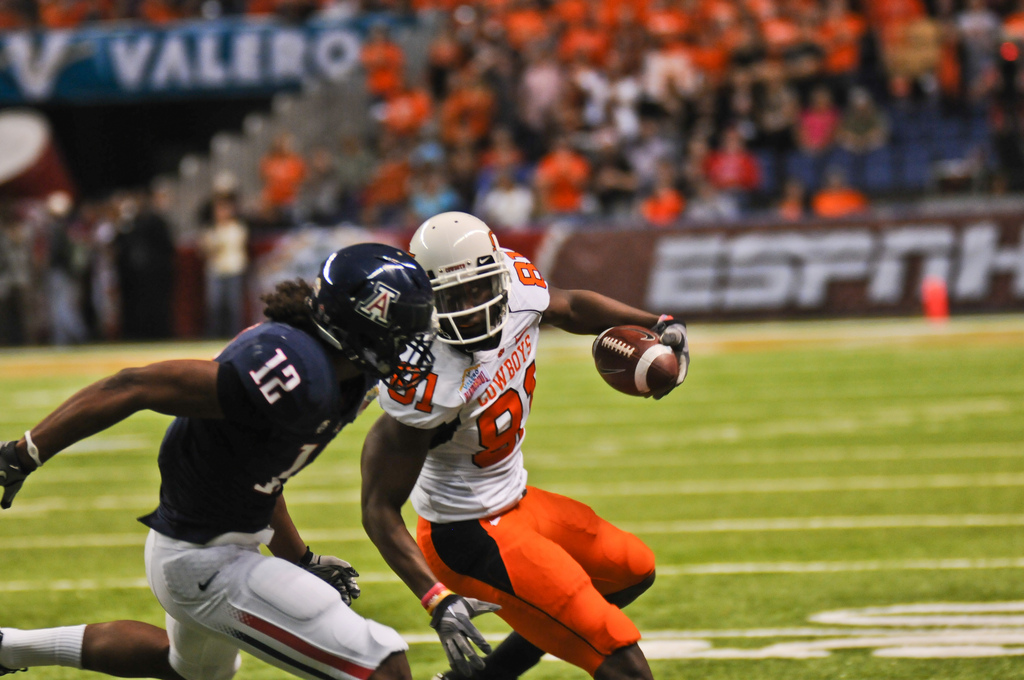
One of the most common questions I get from new readers is What did you think about [insert player name here] before [NFL team] drafted him? For the next month, I’m posting scouting reports of some of my bigger hits, misses, and lingering questions when it comes to the past eight years of evaluating rookies for the Rookie Scouting Portfolio. I’ll also include the lessons I learned – or am still learning – from the experience of evaluating these players. [Author’s Note: I wrote this about Pitta two weeks ago. Too bad about his injury, he was poised for another strong season]
“[Pitta] is a tough, versatile player who might not wow teams with field-stretching plays, but he will be a great safety valve capable of the big, “little” plays that sustain drives and seal wins . . . paired with a veteran QB and [he] could out-produce some of the more athletic prospects in this class.”
– 2010 Rookie Scouting Portfolio
The 2010 tight end class was a great group that included no less than 16 players – including Dennis Pitta – who have made NFL teams and contributed meaningful minutes:
- Jimmy Graham
- Rob Gronkowski
- Aaron Hernandez
- Garrett Graham
- Jermaine Gresham
- Tony Moeaki
- Ed Dickson
- Jim Dray
- Michael Hoomanawanui
- Dorin Dickerson
- Nate Byham
- Andrew Quarless
- Anthony McCoy
- Dedrick Epps
I think 11 of these 15 tight ends above are better athletes than Pitta, but I had the BYU prospect ranked No.4 in this class – over some major names in this group. One was Gronkowski, who was suffering from back issues and I had concerns about his long-term viability.
Another was Graham, who was inexperienced and I felt it was difficult to rank him higher for having one great dimension to his game when the right team might not pick him to exploit it. Graham was one of several players between 2006-2010 who inspired an RSP Post-Draft because I mentioned in the 2010 RSP that the right team picking this Hurricanes tight end would be rewarded.
A third player with a higher profile than Pitta that I placed lower in my rankings was Gresham. The Sooners star was too inconsistent in all phases of the game despite his physical talents. While I whiffed on Demaryius Thomas because I didn’t pay enough attention to his workouts, Pitta’s injury situation on the field and the system at BYU actually highlighted certain skills that made me think the tight end would be productive NFL player.
The Cougars tight end was in a knee brace that restricted his movement in the games I watched. And it was what Pitta was able to do at a higher level than most tight ends I’ve watched in the college game while physically limited: play long against tight coverage and find the open zone.
http://youtu.be/m11pJJXm3Hs
He also reminded me of the likes of Frank Wycheck and Todd Christensen because of his skill creating openings.
[youtube=http://youtu.be/of1Y_N2jaQI]
Purely from the standpoint of athleticism, you could joke that neither Wycheck nor Christensen belonged in the NFL. However, their smarts, ability to handle a physical brand of football, and skill to do all the little things to generate big plays with and without the ball in their hands separate Pitta from the likes of his more physically talented teammate Ed Dickson – a good player, but lacks that extra level of savvy that would make him a borderline star, but has him planted behind Pitta despite being picked a round earlier.
There are a lot of things the highlights reveal about Pitta’s game that makes him a tough player both against man and zone coverage. First is the wide catch radius. Throw the ball high, low, outside or behind, and Pitta can adjust. Combine this with his ability to make plays in traffic and skill to work with his quarterback when the play breaks down and all of these qualities compensate for his lack of speed.
There were numerous things I learned or had reinforced as lessons from this 2010 tight end class:
- I needed a post-draft analysis because of team fit (Graham-Hernandez).
- Physical skills allow an evaluator to project how a player might fare against man coverage, but not necessarily zone coverage – where Pitta thrives.
- Smart play lurks beyond stats and workout data.
- Toughness to play physical and productive football while hurt separates great athletes from good football players.
- I needed to document my process for ranking players in greater detail to connect the dots between game analysis and rankings analysis.
Here are my observations of Dennis Pitta from 2010.
For analysis of skill players in this year’s draft class, download the 2013 Rookie Scouting Portfolio available now. Better yet, if you’re a fantasy owner the 56-page Post-Draft Add-on comes with the 2013 RSP at no additional charge and available for download within a week after the NFL Draft. Best, yet, 10 percent of every sale is donated to Darkness to Light to combat sexual abuse. You can purchase past editions of the Rookie Scouting Portfolio for just $9.95 apiece.






